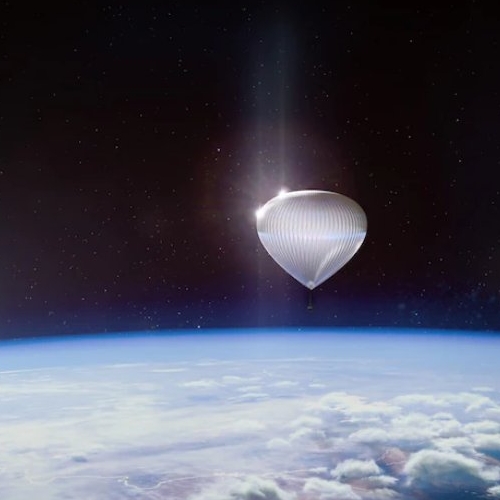Sierra Space developing crewed version of Dream Chaser; will train astronauts
Capitalism in space: In a press release mostly focused on touting the company’s new project to establish a training center for astronauts, Sierra Space dropped this bigger story:
A crewed variant of the Dream Chaser spaceplane is currently in development and will be operational in 2026, having successfully completed its System Requirements Review (SRR) earlier this month. Orbital Reef will be on orbit and operational in 2027.
Though it was always expected that the company would upgrade the cargo version of Dream Chaser it is presently building, until now it had been made no announcement to that effect. Moreover, until now Sierra Space has functioned much like the old big space companies, doing nothing without a contract from NASA. This effort to build a manned version of Dream Chaser is apparently occurring without any such contract. All Sierra has right now is a contract to launch cargo to ISS.
The astronaut training center fits in nicely with this new manned Dream Chaser, which also fits in nicely with Sierra Space’s partnership to build the commercial space station Orbital Reef.
Capitalism in space: In a press release mostly focused on touting the company’s new project to establish a training center for astronauts, Sierra Space dropped this bigger story:
A crewed variant of the Dream Chaser spaceplane is currently in development and will be operational in 2026, having successfully completed its System Requirements Review (SRR) earlier this month. Orbital Reef will be on orbit and operational in 2027.
Though it was always expected that the company would upgrade the cargo version of Dream Chaser it is presently building, until now it had been made no announcement to that effect. Moreover, until now Sierra Space has functioned much like the old big space companies, doing nothing without a contract from NASA. This effort to build a manned version of Dream Chaser is apparently occurring without any such contract. All Sierra has right now is a contract to launch cargo to ISS.
The astronaut training center fits in nicely with this new manned Dream Chaser, which also fits in nicely with Sierra Space’s partnership to build the commercial space station Orbital Reef.

